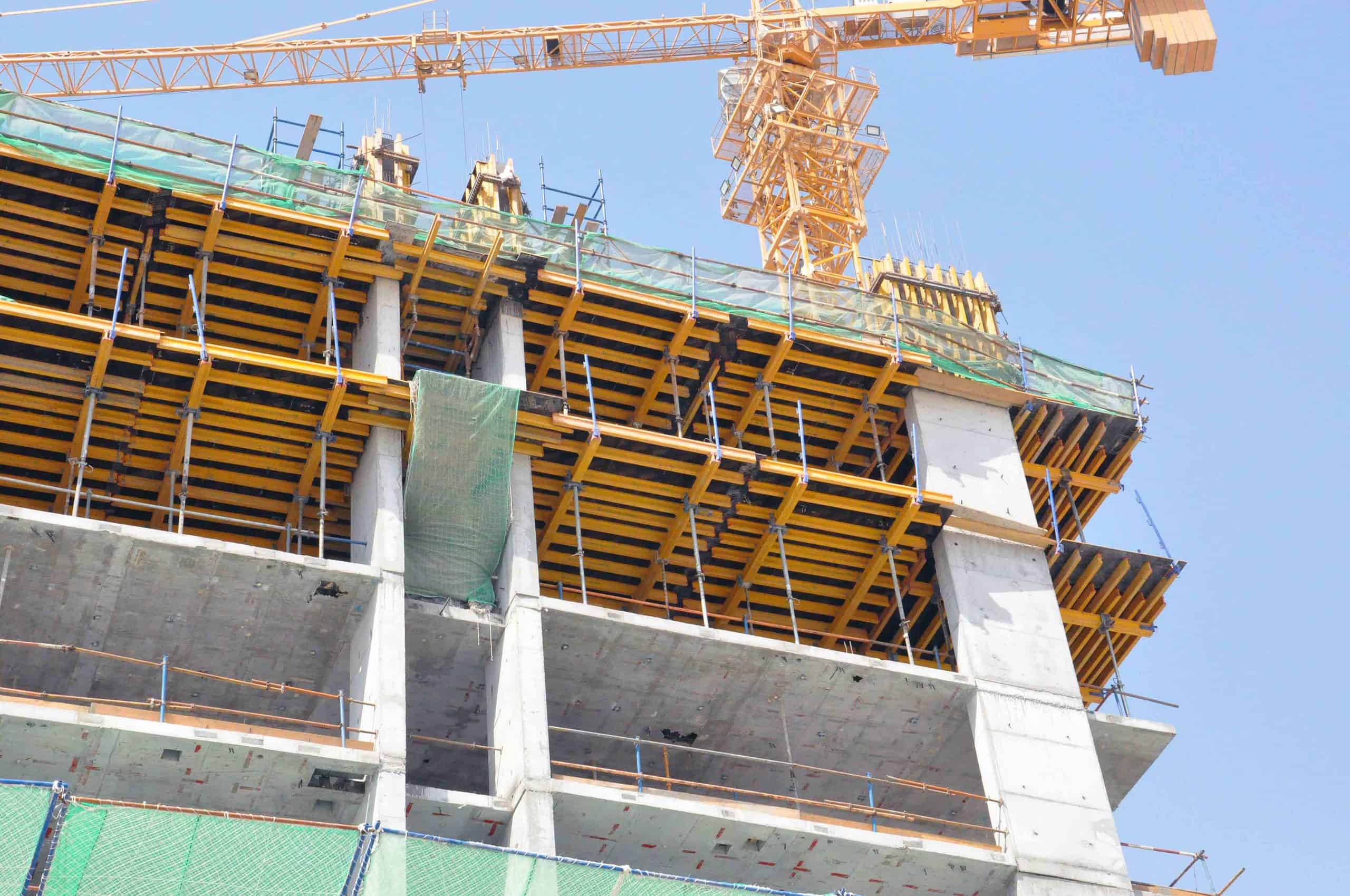Which Formwork System Is Best for High-Rise Structures?

Struggling with high-rise construction challenges? Advanced formwork systems like aluminium, steel, or jump forms offer efficiency, precision, and safety, making them ideal for managing the complexities of vertical construction projects.
The best formwork systems for high-rise structures include aluminium, steel, jump form systems, and table formwork. These systems enhance construction speed, improve safety, and ensure dimensional accuracy, making them ideal for skyscrapers and other tall buildings.
Below, we explore the features, benefits, and ideal applications of the top formwork systems for high-rise structures, including why steel formwork is also a preferred choice for modern construction.
What Are the Top Formwork Systems Used in High-Rise Construction?
Curious about the best formwork options? High-rise structures rely on advanced systems like aluminium formwork, jump form systems, steel formwork, and table forms to ensure safety, speed, and accuracy.
The top formwork systems for high-rise construction include aluminium, steel, jump form systems, and table formwork. These systems enhance safety, ensure precision, and speed up construction for tall buildings.
The most popular formwork systems for high-rise construction are:
- Aluminium Formwork: Lightweight, durable, and reusable for efficient vertical construction.
- Jump Form System: Designed for repetitive tasks in tall structures, offering stability and safety.
- Steel Formwork: Provides unmatched durability and load-bearing capacity.
- Table Formwork: Ideal for large floor slabs, reducing setup time and labor costs.
These systems are chosen for their ability to handle the demands of high-rise projects efficiently.
Why Is Aluminium Formwork a Preferred Choice for High-Rise Buildings?
Want a reliable solution for high-rise projects? Aluminium formwork offers durability, precision, and reusability, making it a top choice for modern skyscraper construction.
Aluminium formwork is favored in high-rise construction due to its lightweight design, high reusability, and ability to ensure accurate dimensions. It’s an efficient and cost-effective option for tall buildings.
Aluminium formwork stands out for high-rise projects due to:
- Lightweight Design: Easy to assemble and transport.
- Durability: Handles high pressures from wet concrete.
- Precision: Ensures accurate dimensions for repetitive tasks.
- Reusability: Can be reused multiple times, reducing costs.
Its adaptability and efficiency make it a preferred choice for high-rise structures.
Why Is Steel Formwork Also a Preferred Choice for High-Rise Buildings?
Looking for unmatched durability? Steel formwork is ideal for high-rise buildings due to its strength, load-bearing capacity, and ability to withstand multiple uses in challenging construction environments.
Steel formwork is preferred for high-rise construction because of its high durability, ability to support heavy loads, and resistance to wear. It’s especially suitable for repetitive tasks in large-scale projects.
Steel formwork is widely used in high-rise construction for several reasons:
- Durability: Resists wear, corrosion, and damage over time.
- Load-Bearing Capacity: Handles high concrete pressures and large-scale projects.
- Precision: Ensures consistent results in repetitive construction tasks.
- Reusability: Can be used extensively without significant deterioration.
Steel formwork is a reliable choice for projects that require strength and precision.
What Is a Jump Form System, and How Does It Benefit High-Rise Construction?
Looking for a stable formwork system for vertical construction? Jump forms provide continuous support, ensuring safety and precision in high-rise buildings.
Jump form systems are self-climbing formwork designed for high-rise projects. They reduce labor requirements, improve safety, and speed up construction by providing continuous support for vertical structures like cores and walls.
A jump form system is a self-climbing formwork used in high-rise construction to support walls, cores, and shafts. Key benefits include:
- Safety: Eliminates the need for scaffolding in elevated areas.
- Efficiency: Moves upward with the structure, reducing setup time.
- Labor Reduction: Simplifies processes with fewer workers required.
- Stability: Provides continuous support during curing.
Jump form systems are ideal for repetitive vertical tasks in skyscrapers.
How Does Table Formwork Enhance High-Rise Construction?
Need efficiency for large floor slabs? Table formwork systems streamline the construction of high-rise buildings by reducing assembly time and ensuring consistent quality for repetitive floor designs.
Table formwork systems are large, reusable molds ideal for constructing floor slabs in high-rise buildings. They improve efficiency, ensure consistency, and reduce labor requirements, making them indispensable for multi-story projects.
Table formwork systems benefit high-rise construction through:
- Faster Setup: Prefabricated tables reduce assembly time.
- Reusability: Designed for repetitive tasks, minimizing material waste.
- Consistency: Ensures uniform slab quality across multiple floors.
- Reduced Labor Costs: Streamlines construction processes with fewer workers.
These features make table formwork a cost-effective and efficient choice for multi-story buildings.
Conclusion
The best formwork systems for high-rise structures include aluminium, steel, jump form systems, and table formwork. Each offers unique advantages in efficiency, safety, and cost-effectiveness, making them indispensable for modern construction projects.
